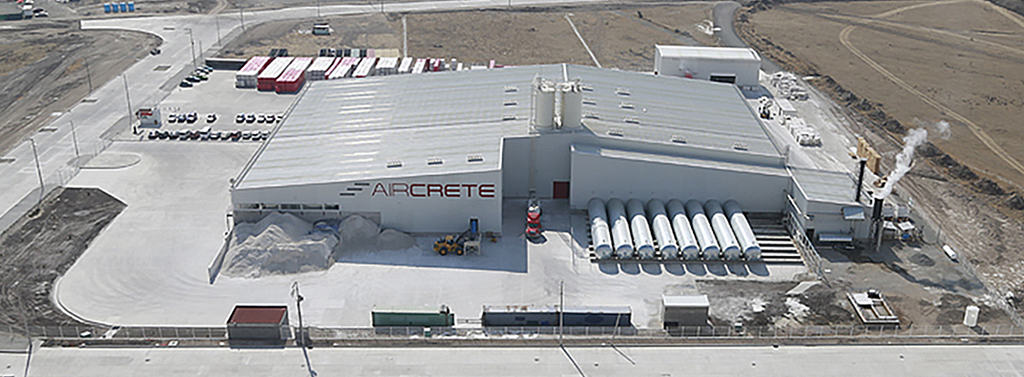The current pandemic is impacting markets and industries globally and no one is able to predict the full duration and effects of it at this stage. The construction sector is not an exception unfortunately, and it is facing challenging times with disrupted supply chains and shut-down construction sites. However, a recent report from McKinsey & Company [1] highlights several immediate and longer-term trends why this sector – representing roughly 13% of global GDP – is going to play a vital role in the post-pandemic recovery.
Amongst these, there are items like an acceleration towards more sustainable construction, an increase in off-site construction and a growing shortage in skilled-labour availability. All these items have also played a crucial role in the recent growth in global AAC markets and the importance of prefabricated elements (i.e. AAC panels) within this domain.
In addition to the above-mentioned trends, in most emerging markets, the massive shortage of affordable housing is demanding a sustainable and low-cost building solution to address this issue. The World Bank Group estimates that by 2030, 40% of the world’s population will need new housing units, which corresponds to 300 million new housing units worldwide [2].
Governments are responding to this with stimulation programs with examples from Asia, like in India, with the Housing for All by 2022 program, associated with an envisaged investment of USD 1.3 trillion in 60 million homes during a period of 7 years and in Africa, where many countries face staggering housing deficit numbers like Nigeria (20 million), South Africa (2.5 million) Kenya (2 million), Ghana (1.7 million) and Ethiopia (1.2 million) just to name a few examples [3] (Fig. 1).
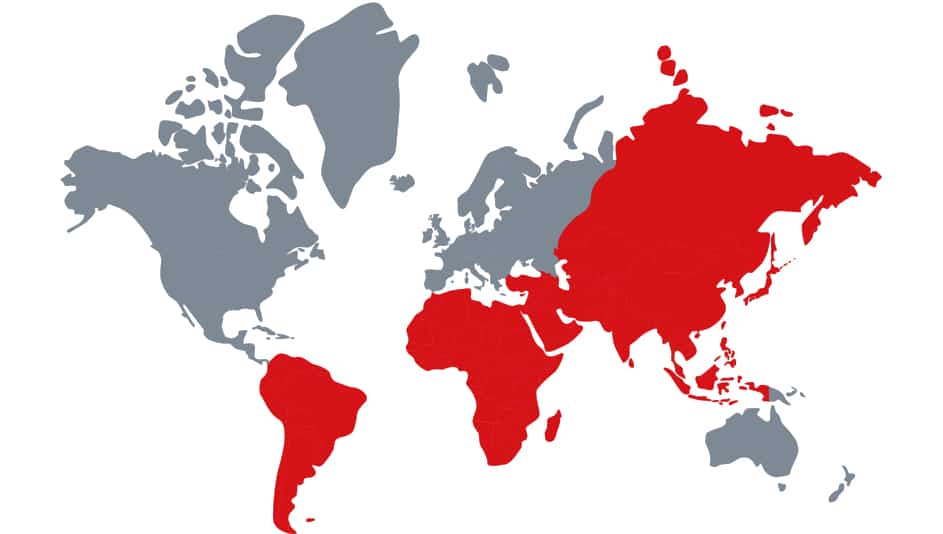
Fig 1: The World Bank Group estimates a need of 300 million new housing units needed by 2030, most of these coming from Asia, Africa and Latin America.
Addressing this challenge requires a large-scale investment in housing production. Governments alone cannot meet this burden, so private sector funds need to be channelled into housing investment [4]. Stimulus programs provided by governments and private sector funds for housing development are only one part of the solution. A second important aspect lies in the availably of local and sustainable building materials. Here, a shift to Alternative Building Technologies (ABT), like Autoclaved Aerated Concrete (AAC) panels and blocks, is required in many markets globally.
Aircrete Europe has been engaged for decades in supplying turn-key AAC plants that manufacture a full scope of prefab elements for an integrated housing solution, all coming from one single Aircrete factory. With a unique, vertically-integrated industry approach, Aircrete supports the AAC producers around the world in customizing their plant to manufacture the right products for their local markets. The company also helps with the design and conversion of existing building projects into an optimized AAC Building System. Successful projects like Kora in Angola or Rugarama Park Estate in Rwanda [5] are great examples of how AAC can be part of the solution to solve the affordable housing shortage challenge (Fig. 2).
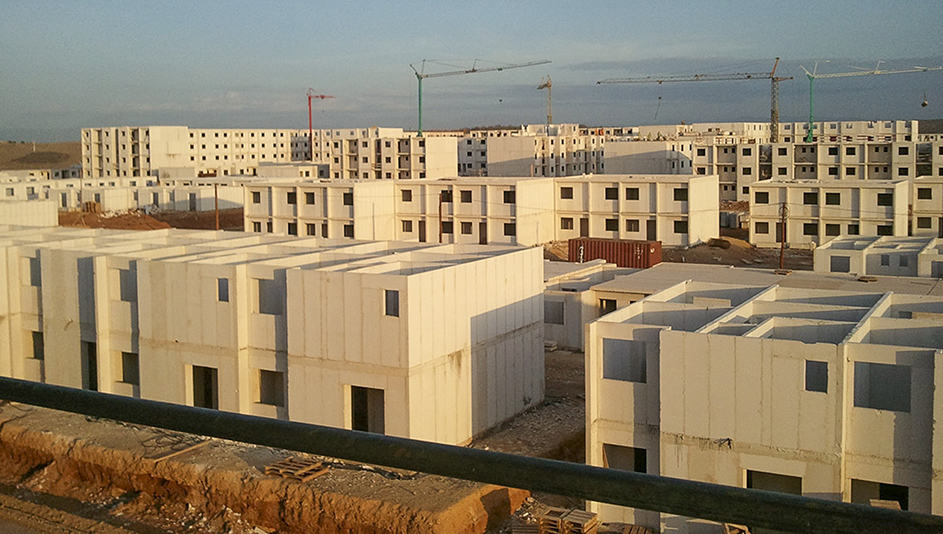
Fig. 2: The large housing projects in Sumbe, Angola are realized with AAC panels to create a modular, efficient and affordable building solution by Kora Angola [6].
An investment in an AAC factory is an investment in a very profitable business with short payback times. But arranging funding from local banks to assist with the upfront capital requirements often proves to be the main hurdle in proceeding with the project or at least significantly delay the project. Even when investors have sufficient assets or have a strong balance sheet, when liquidity is the issue and external project funding is required, traditional financing institutions are often not comfortable financing a greenfield project and, in the occasions that they are considering, at quite unfavourable terms for the investor.
For this purpose, together with FMO, the Dutch Development Bank, Aircrete Europe is now also able to arrange and offer attractive project-related financing, insured by the Dutch Export Credit Agency (ECA) Atradius DSB. FMO is a 51% Dutch government-owned development bank that invests in emerging market projects that create a positive social and environmental impact and improve local employment and income generation opportunities. As an investment in an AAC factory ticks all these boxes, Aircrete and FMO have been looking at several opportunities globally and recently, in 2018, FMO funded part of the AAC Aircrete project in Rosario, Argentina.
As a leading impact investor, FMO supports sustainable growth in developing countries and emerging markets by investing in ambitious projects in the private and public sector. FMO believes that a strong private sector leads to economic and social development and has a 50-year proven track-record of empowering people to employ their skills and improve their quality of life. FMO focuses on sectors that have high development impact.
In addition, its NL Business Department specifically supports projects with a Dutch interest. Export related loans are offered at attractive terms with medium to long payback periods, with the first loan repayment typically only after 6 months after project handover. With limited own equity contribution of 15% of the contract value, the remainder of the Aircrete contract, equal to 85% of the contract value, can be financed (Fig. 3 and 4).
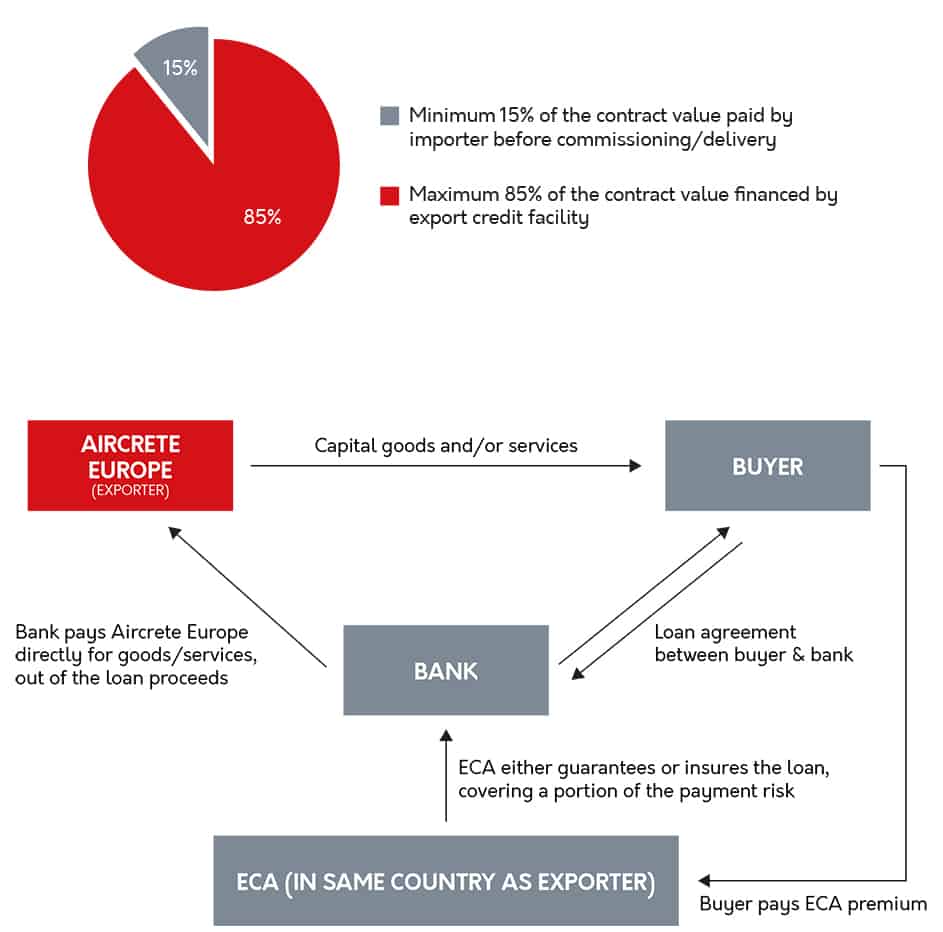
Fig. 3 and 4: Export Credit Agency (ECA)-covered financing explained
Aircrete Europe and FMO NL Business have already worked successfully together on a project in Latin America, where Aircrete Europe developed a new, state-of-the-art AAC panel and block plant, operating under the name Brimax, with an initial capacity of 120,000 m3 in San Lorenzo, near the city of Rosario in Argentina. FMO NL Business supported the export of Aircrete Europe’s AAC panel production technology with a loan to finance (part of) the production equipment as well as the commissioning of the equipment.
During the G20 held in Buenos Aires, Argentina in 2018, Aircrete Europe met with Her Majesty Queen Máxima of the Netherlands and Dutch Prime Minister Mark Rutte to elaborate on the project and the positive impact for Argentina’s sustainable construction outlook (Fig. 5 and 6).
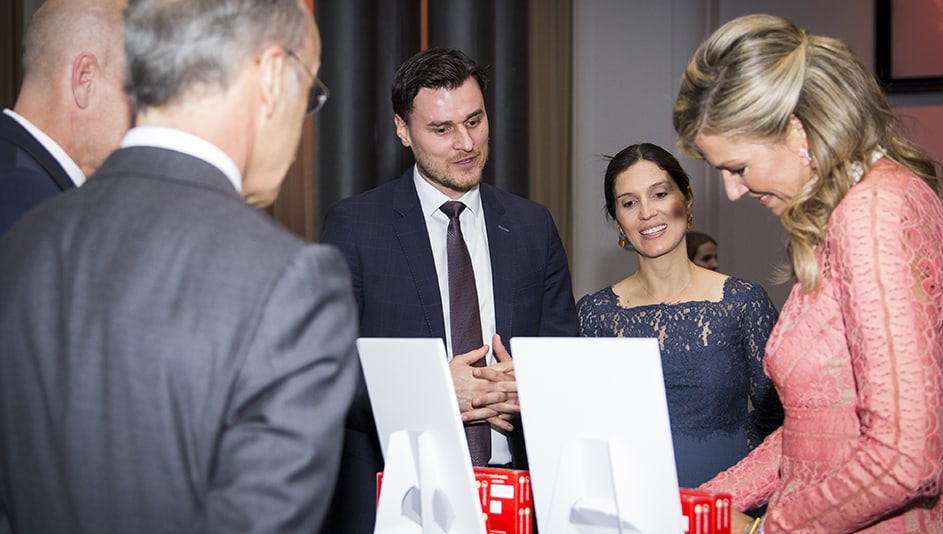
Fig. 5: Her Majesty Queen Máxima of the Netherlands gets detailed information about the opportunity for energy-efficient and modular Aircrete Building System in Argentina.
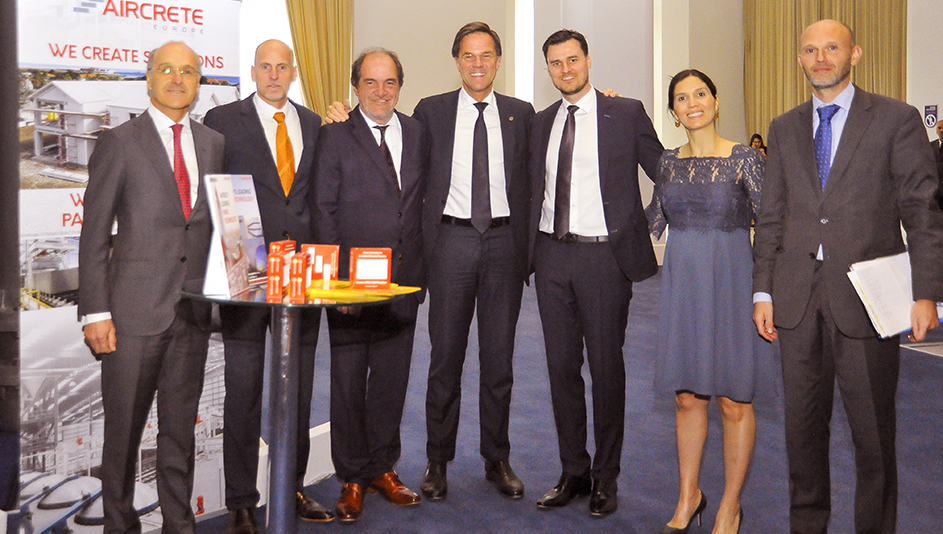
Fig. 6: Dutch Prime Minister Mark Rutte together with the project stakeholders in Argentina, including FMO and Aircrete Europe.
In addition to offering financial support through a buyer’s credit together with FMO, Aircrete can also provide a seller’s credit, backed by an Atradius insurance, which is particularly interesting for medium-sized investments, such as existing AAC plant upgrades and modernizations. With this initiative, besides their technical experience, Aircrete Europe is also actively supporting the establishment of new, innovative, green building solutions with AAC panels and blocks as well as upgrade projects for existing factories financially.
References:
[1] McKinsey & Company, How construction can emerge stronger after coronavirus, May 8, 2020
[2] The World Bank, Housing For All by 2030 – Infographic
[3] Affordable Housing Investment Summit
[4] The World Bank, Housing For All by 2030
[5] CNBC Africa, Rwanda launches low cost housing project, 5 June 2019
[6] Details on various Kora Angola projects
[7] TXF News, Guide for Importers
Get in touch with us
Let`s talk about your project.

